Looking for best information about anti varus, club foot, CTEV, talipes equinovarus causes, symptoms, complications, treatment, surgery pictures and recovery 90 (212) 671 21 info@etkinmedikalcom This term – clubfoot – is a reference to the fact that the foot is situated with a sharp direction to the ankle – reminiscent of the head of a golfing club This is a fairly common defect at birth and is normally a secluded condition of a newborn who is otherwise healthy The deformity can be severe, or very mild, affecting both or only Detecting Club Feet in Foals He has reservations, however, about the ability of mature horses with even mild club foot to perform well,

Clubfoot Children S Orthopaedic And Scoliosis Surgery Associates Llp
Mild club foot images
Mild club foot images- Clubfoot is the most common congenital disorder of the legs It can range from mild and flexible to severe and rigid The cause is not known Most often, it occurs by itself But the condition may be passed down through families in some cases Risk factors include a family history of the disorder and being maleIn mild to moderate club feet, an estimate of how much heel to remove can be made by placing the thick end of a 2° or 3° pad under the toe of the foot and allowing the horse to stand on it 10,19 (Fig 9) If the horse does not resent the tension this places on the DDFT, this test allows the farrier to safely trim the hoof wall at the heels in
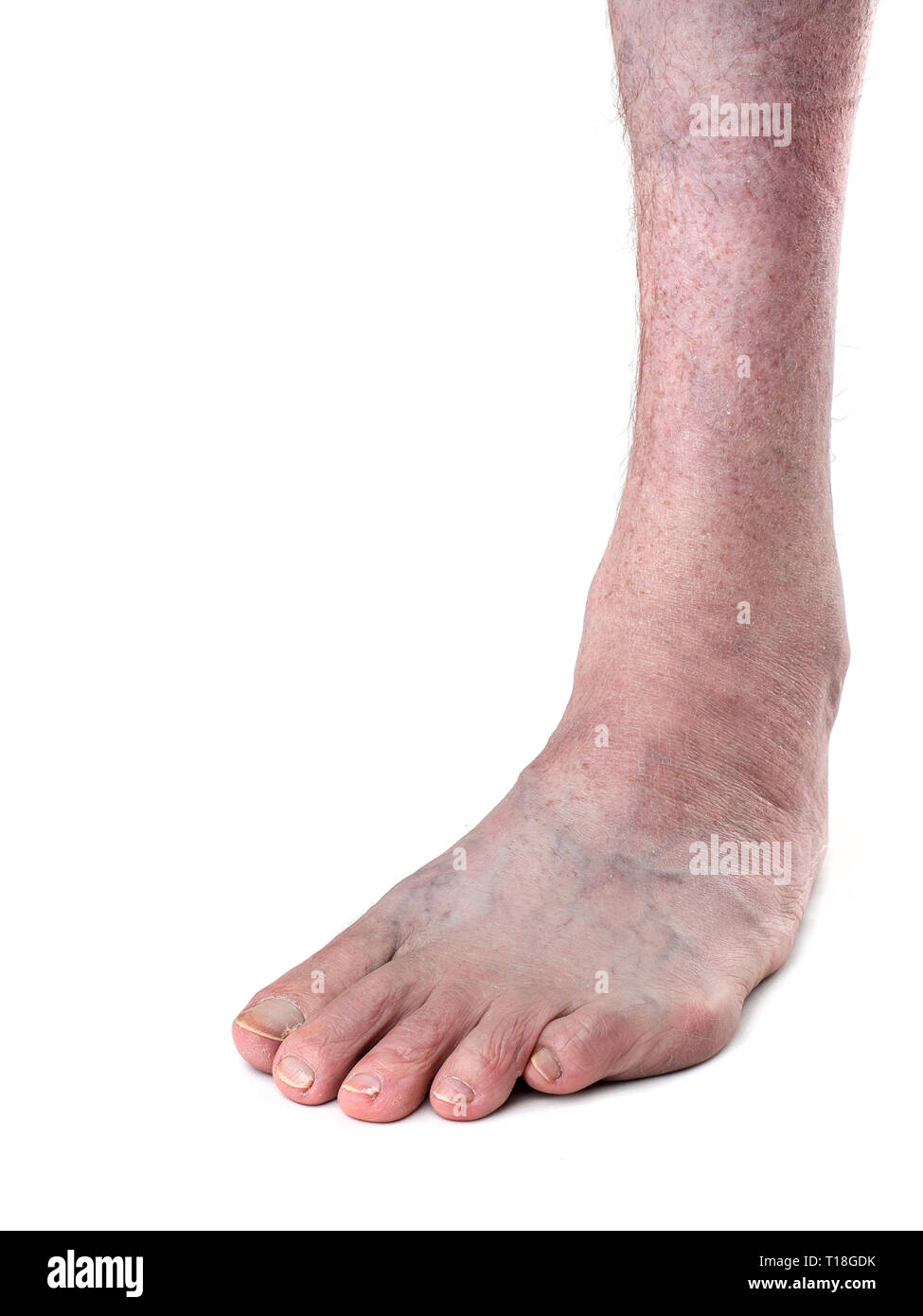



Talipes High Resolution Stock Photography And Images Alamy
Radiographic projection of clubfoot Note parallel axes of talus and calcaneus Line through talus the foot with mild inversion for a count of 10, repeated three times In moderate cases orClub foot (also called talipes) is where a baby is born with a foot or feet that turn in and under Early treatment should correct it In club foot, 1 foot or both feet point down and inwards with the sole of the foot facing backwards Credit Club foot happens because the Achilles tendon (the large tendon at the back of the ankle) is too shortAny club foot that has been around a while will have a sensitive, unused, underdeveloped frog/digital cushion You can fix everything else and still have the back of the foot too sensitive for the horse to land on, which will cause the shortened stride and resulting club foot on its own – another vicious cycle
Multiple images should be observed, preferentially with movement of the leg away from the wall of the uterus, to ensure that this is a fixed abnormality and not just a temporary positioning of a normal foot that mimics clubbing Mild deformities may be more difficult to diagnose, because the foot may be turned inward but not entirely parallel Clubfoot can be repaired by casting or surgery Casting Sometimes nonsurgical treatments, such as casting, can correct clubfoot Casting is a method for correcting clubfootThe city averages just 151 inches of rain each year, which usually occur in mild rain showers If rainy days and Mondays always get you down, you'll at least be able to ditch the rain for a while (Photo by Andreas Rentz/Getty Images) Exciting nightlife
This website uses cookies to improve your experience while you navigate through the website Out of these cookies, the cookies that are categorized as necessary are stored on your browser as they are essential for the working of basic functionalities of the websiteClub foot, or talipes equinovarus, is the most common birth defect of the lower extremity, characterized by the foot turning both downward and inward The defect can range from mild to severe The purpose of club foot repair is to provide the child with a functional foot that looks as normal as possible and that is painless, plantigrade, and Club feet are surprisingly common, with up to 60% of the domestic horse population exhibiting at least minor characteristics Several theories address the potential causes, ranging from a genetic predisposition, to hoof or body injury, to improper trimming and/or shoeing
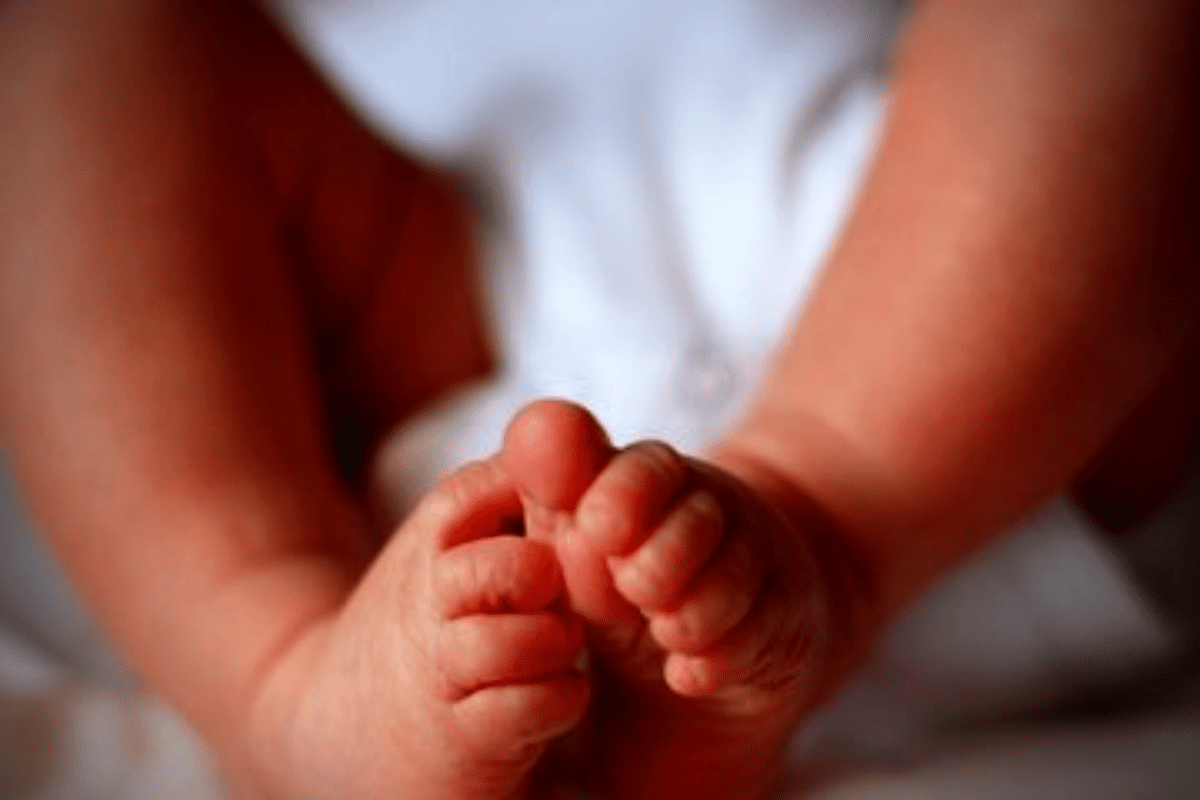



Clubfoot Correction In Children Can It Be Easily Corrected



A Pair Of Shoes Can Change A Life Our Clubfoot Journey
Clubfoot, also known as talipes equinovarus, is a relatively common congenital malformation occurring in approximately births The term talipes equinovarus describes a deformity in which the newborn's foot is poorly developed in relationship to the leg The Achilles tendon and posterior ankle are contracted, and the foot is inverted and Although the treatment of a mild congenital club foot may be easy, the complete and permanent correction of a severe and rigid club foot is often difficult In this study, we have been concerned with the severe cases only The early months of life offer a golden opportunity for the correction of club feet since the skeleton, which is to a greatEquine Club Foot The equine club foot is defined as a hoof angle greater than 60 degrees What we see externally as the equine clubbed foot is actually caused by a flexural deformity of the distal interphalangeal joint (coffin joint) Causes include nutritional issues, heredity, position in the uterus or




Positional Clubfoot




The Current State Of Treatment For Clubfoot In Europe Springerlink
Club foot often affects the forelimbs in most cases, whereby the hoof has a deformed shape, making walking difficult or painful Vet bills can sneak up on you Plan ahead Get the pawfect insurance plan for your pup Compare plans Club Foot Average Cost From 568 quotes ranging from $2,000 $5,000 Average CostClub Foot Case Study Photos courtesy of Jill Collins These photos show the progression of a club foot belonging to "Faleh", an arab foaled in 00 that began showing the effects of a club foot by as early as a 3yo The first photo (top left) was taken in mid 09 when his shoes were removed and shows a totally non Clubfoot, or talipes equinovarus, is a congenital deformity consisting of hindfoot equinus, hindfoot varus, and forefoot varusThe deformity was described as early as the time of Hippocrates The term talipes is derived from a contraction of the Latin words for ankle, talus, and foot, pesThe term refers to the gait of severely affected patients, who walked on their ankles




The Club Foot Is It No Big Deal Or A Deal Breaker



Clubfoot Orthoinfo os
Although the treatment of a mild congenital club foot may be easy, the complete and permanent correction of a severe and rigid club foot is often difficult In this study, we have been concerned with the severe cases only The early months of life offer a golden opportunity for the correction of club feet since the skeleton, which is to a great However, if a mild club foot has been there throughout a horse's adult life, and he is sound, comfortable and able to perform the work asked of him, then it might be better to not try to change it "We need to get away from the idea that the feet should match perfectlyor trying to force them to match or have the ideal angle," says BurnsPediatric foot deformities encompass a range of conditions affecting the bones, tendons, and muscles of the foot Clubfoot, a prevalent and significant pediatric foot deformity, is discussed in its own chapter Here, a brief review is presented of some of the other more commonly seen conditions metatarsus adductus, tarsal coalitions, accessory
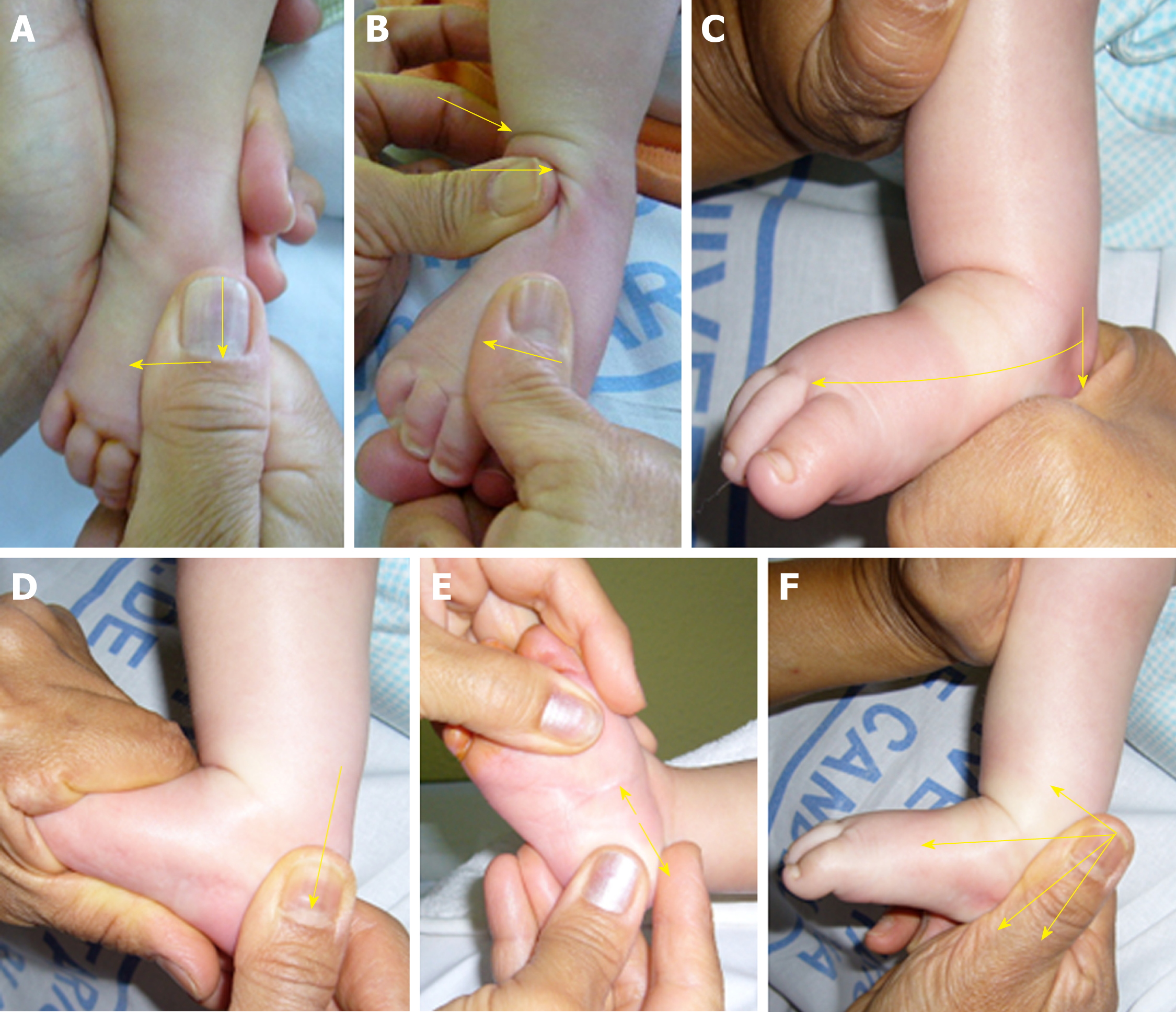



Functional Physiotherapy Method Results For The Treatment Of Idiopathic Clubfoot



1
I would like to learn more about club footed horses Alot of great horses in history had club feet, including Dash For Cash I myself, own a little aqha mare with a mild club foot as my farrier would call it but I believe it to be just fine Her one hoof is a little bit bigger than the other15,074 Club Foot Premium High Res Photos Browse 15,074 club foot stock photos and images available, or search for clubfoot to find more great stock photos and pictures sister helping disabled baby brother club foot stock pictures, royaltyfree photos & images club foot club foot stock illustrationsThe foot points downward, and the toes may be curled inward The foot appears to be sideways or sometimes even upsidedown The foot may be smaller than a normal foot by up to a halfinch




How To Do Clubfoot Stretches Nemours Kidshealth Youtube




Common Childhood Foot Deformities Consultant360
In many cases, mild club foot is not associated with lameness or decreased performance Many great performance horses have managed to perform well with a club foot However, there is a greater likelihood of lameness occurring in club feet than in normal feet There is increased sole bruising and other problems of abnormal weight bearing inClub foot refers to a limb flaw, where the hoof is very upright with a long heel This is the most common tendon flaw in foals The deep digital flexor tendon (DDFT) is much shorter than the bones Thus, it pulls on and rotates the coffin bone downward in the hoof In general, club foot most commonly occurs in the front legsA club foot, also known as congenital talipes equinovarus is a common, mild to severe hereditary abnormality which involves one or both feet occurring in approximately 1 in every 1,000 live births It occurs a lot in male population than in female population by a ratio of 21 In this condition, the involved foot turns inward and downward
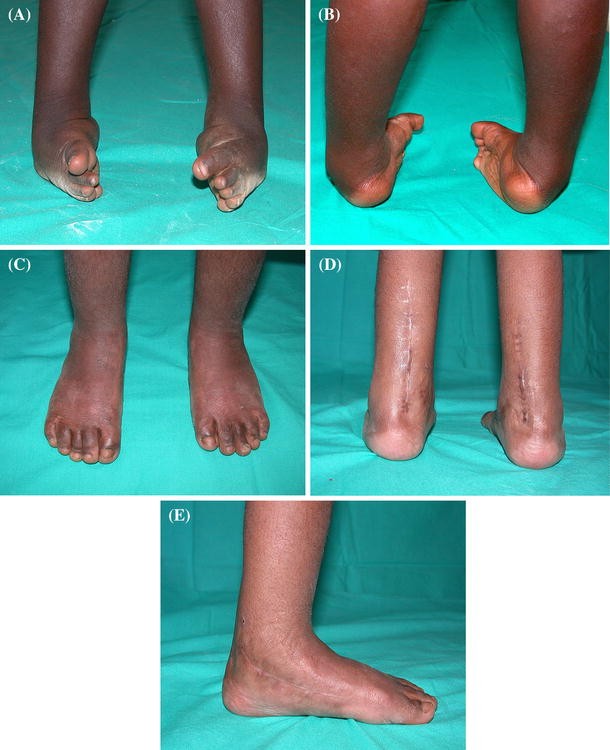



Congenital Idiopathic Talipes Equinovarus Before And After Walking Age Observations And Strategy Of Treatment From A Series Of Cases Journal Of Orthopaedics And Traumatology Full Text




Clubfoot Causes Symptoms And Diagnosis
The term "club foot" actually refers to a congenital defect of the foot and according to The Free Dictionary, the medical definition is "a condition in which one or both feet are twisted into an abnormal position at birthTrue clubfoot is characterized by abnormal bone formation in the foot"Expecting a baby who will be born with clubfoot?Clubfoot is a birth defect where one or both feet are rotated inward and downward The affected foot and leg may be smaller than the other Approximately 50% of cases of clubfoot affect both feet Most of the time, it is not associated with other problems Without treatment, the foot remains deformed, and people walk on the sides of their feet This may lead to pain and difficulty walking
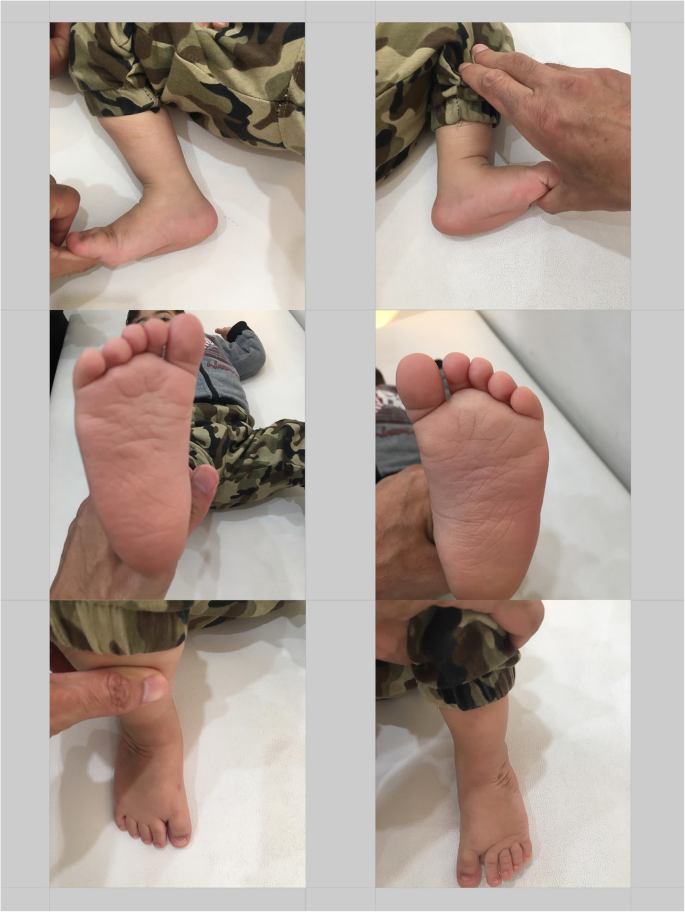



Can Clubfoot Scoring Systems Predict The Number Of Casts And Future Recurrences In Patients Undergoing Ponseti Method Journal Of Orthopaedic Surgery And Research Full Text
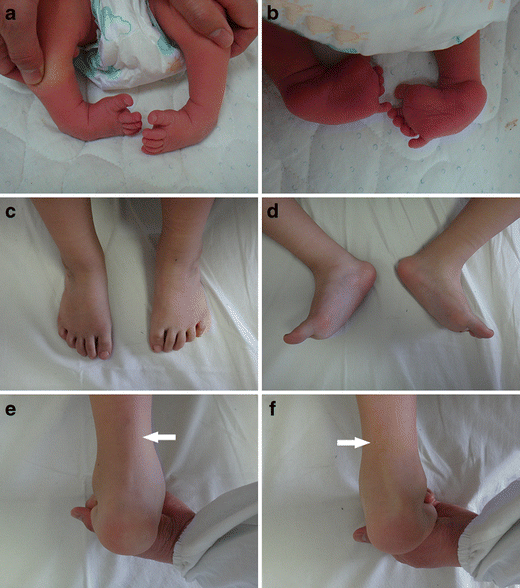



Congenital Clubfoot Early Recognition And Conservative Management For Preventing Late Disabilities Springerlink
Clubfoot Clubfoot is a deformity in which an infant's foot is turned inward, often so severely that the bottom of the foot faces sideways or even upward Approximately one infant in every 1,000 live births will have clubfoot, making it one of the more common congenital (present at birth) foot It can be mild or severe and occur in one or both feet In babies who have clubfoot, the tendons that connect their leg muscles to their heel are too short These tight tendons cause the foot to twist out of shape Clubfoot is one of the most common congenital birth defects It occurs in about 1 in every 1,000 babies born in the US andClub foot also known to doctors as congenital talipes equinovarus, is a common birth defect (congenital clubfoot) that can affect one or both feet The child is born with a foot pointing the wrong way – turned down and in – that cannot be placed flat on the ground in the position needed for walking (Figure 1)
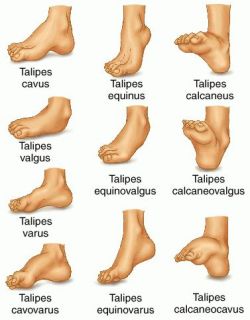



Do You Suffer With A Club Foot Put Your Feet In Our Hands




Talipes Babycentre Uk
Pediatric Clubbed Foot Clubfoot, also known as talipes equinovarus, is a congenital (present at birth) foot deformity It affects the bones, muscles, tendons and blood vessels and can affect one or both feet The foot is usually short and broad in appearance and the heel points downward while the front half of the foot (forefoot) turns inward 864 clubfoot stock photos, vectors, and illustrations are available royaltyfree See clubfoot stock video clips of 9 club foot osteoarthritis infographics children feet deformation deformation of the foot child feet injury defirmities of the feet osteoarthritis foot medical foot valgus deformity young teen girl skirtThis board will feature pins about any and all about clubfoot See more ideas about club foot, club foot baby, expecting baby




Update On Club Foot Paediatrics And Child Health



Clubfoot Orthoinfo os
"Untreated" clubfoot is defined as a clubfoot that has had no treatment before walking age which is usually about 1 year Once a child starts walking on an untreated clubfoot, the lack of treatment leads to the clubfoot being defined as "neglected" The neglected clubfoot presents with bony deformity as the bones ossify according to how the child has been weightbearing on them Casting for Club Foot Using the Ponseti method, the clubfoot is manipulated or stretched every five to seven days and the plaster casts are changedThis baby is on one of his last treatments for his clubfeet and will then wear a brace for a few years An alternative to serial casting is a specialized physical therapy treatment program, in which your child undergoes daily




Treatment Of Relapsed Residual And Neglected Clubfoot Adjunctive Surgery Journal Of Children S Orthopaedics



Clubfoot Orthoinfo os
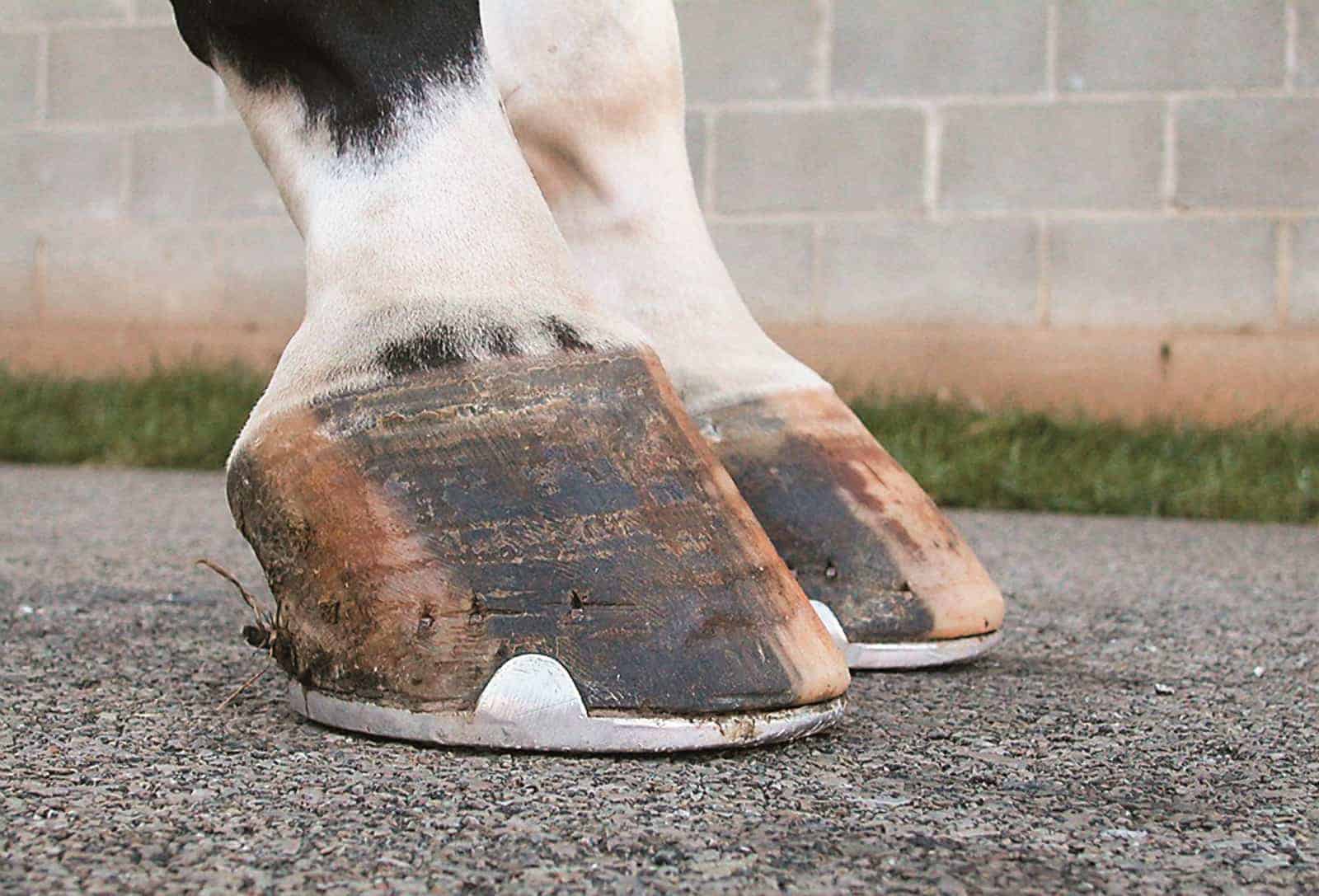



Managing The Club Foot The Horse




To Parents Of Children Born With Clubfeet University Of Iowa Stead Family Children S Hospital
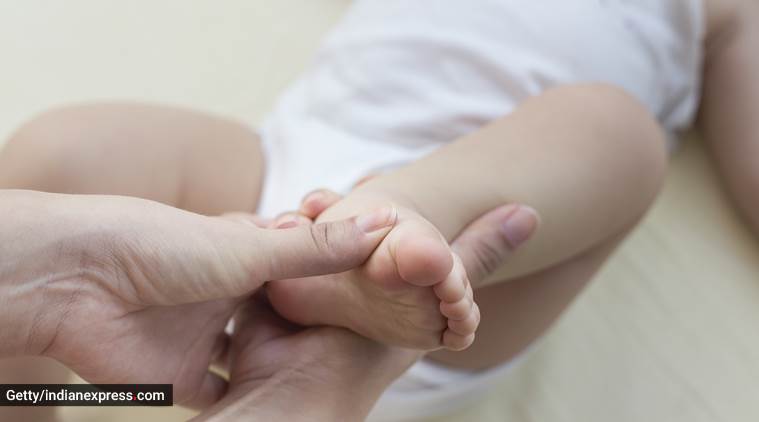



On World Clubfoot Day An Expert Answers All Your Questions About The Birth Deformity Parenting News The Indian Express



Before Going To Doctor Which Must Know About Clubfoot Rxharun



Club Foot Treatment And Management Kerala




Club Foot Nhs



Clubfoot Orthoinfo os



Clubfoot Symptoms Stages Definition Description Demographics Causes And Symptoms Diagnosis




Common Childhood Foot Deformities Consultant360
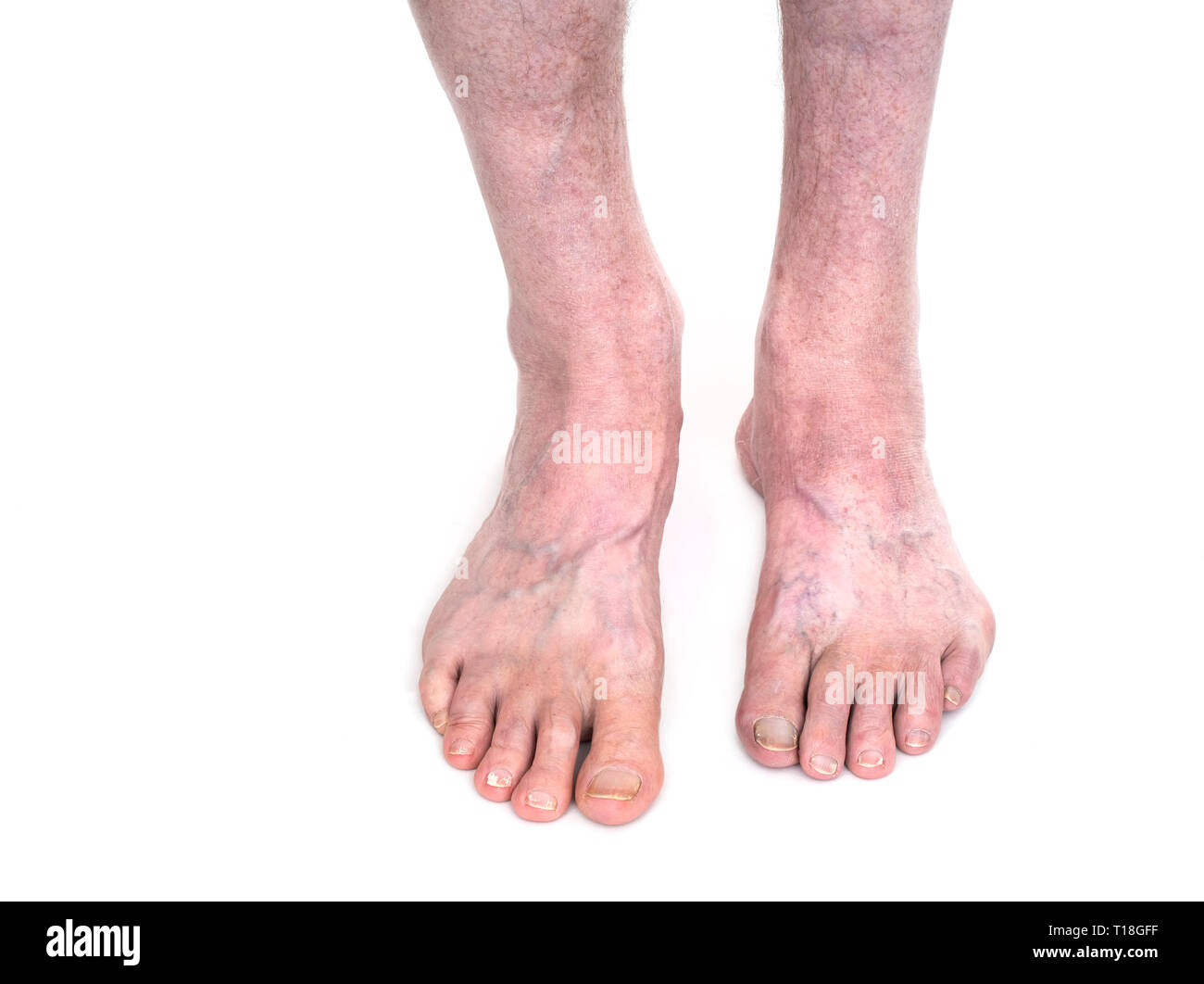



Talipes High Resolution Stock Photography And Images Alamy



Clubfoot
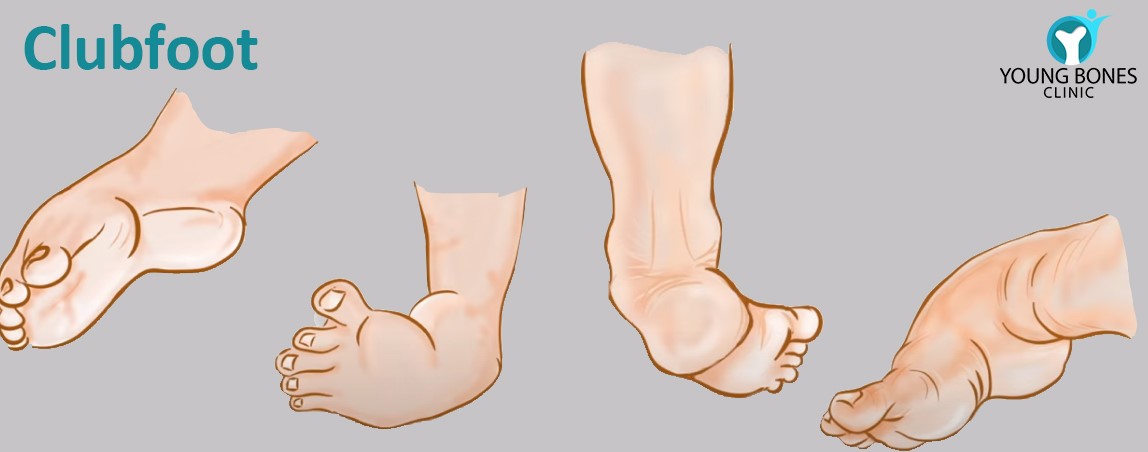



Clubfoot Treatment In Gurgaon Delhi Young Bones Clinic
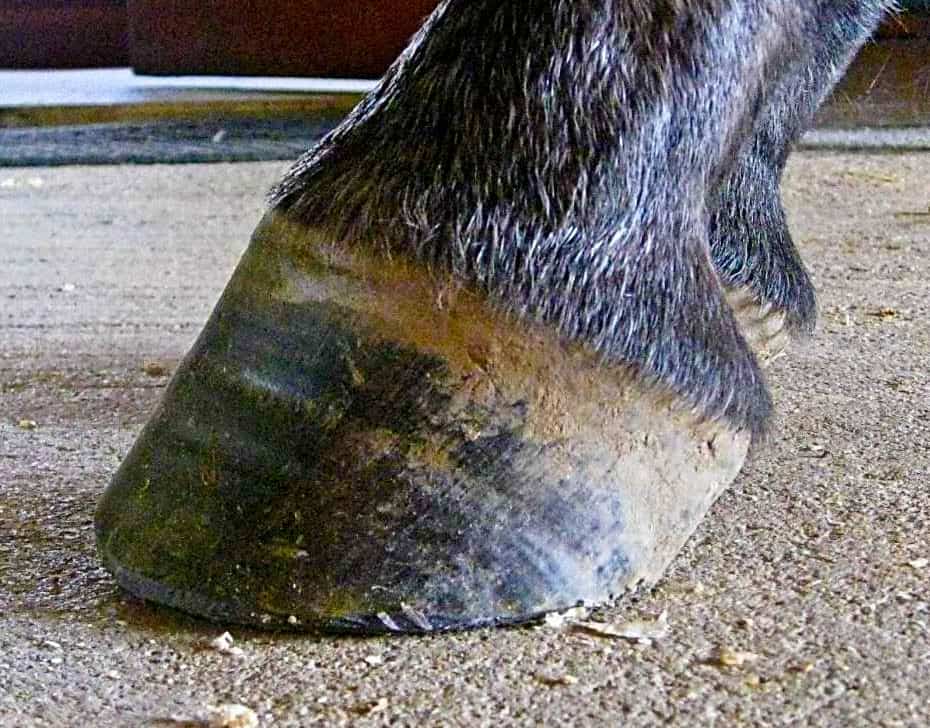



The Tolerable Club Foot The Horse
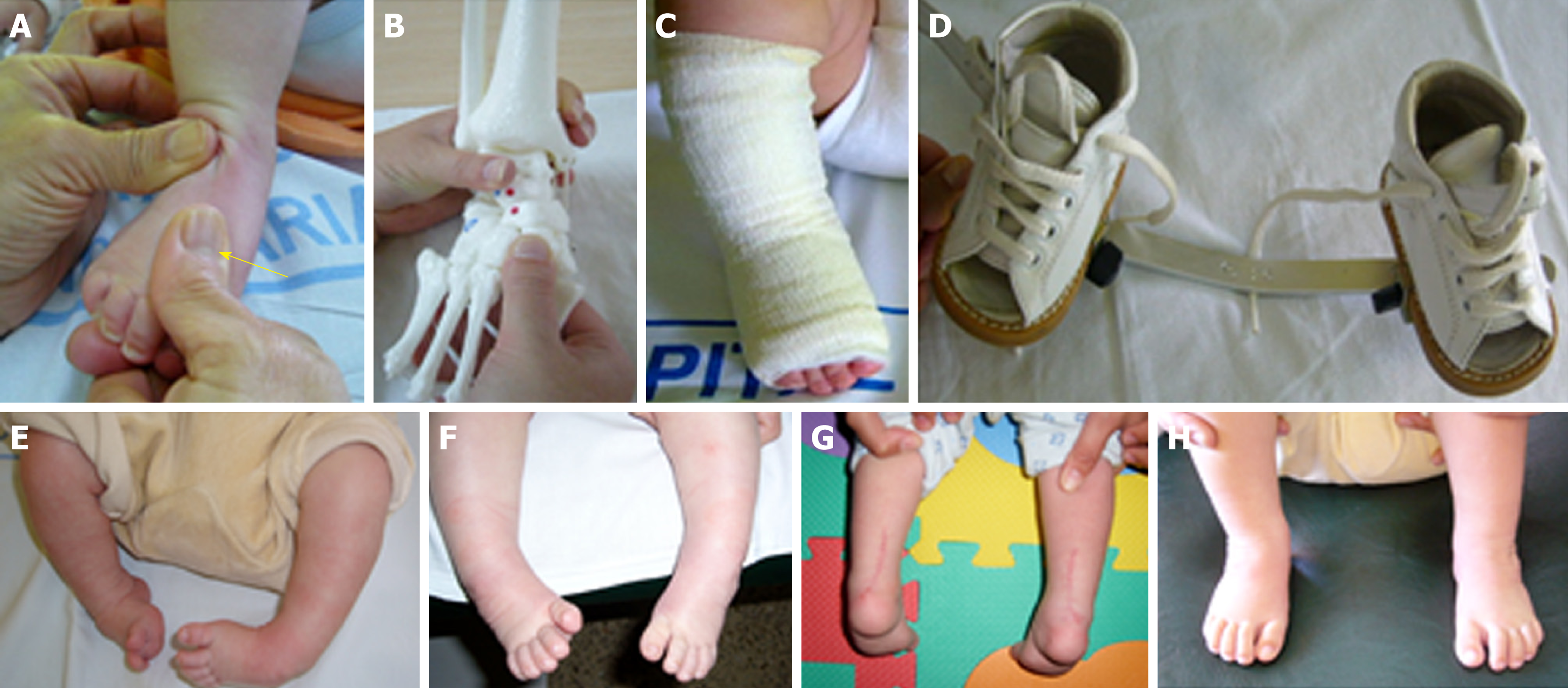



Functional Physiotherapy Method Results For The Treatment Of Idiopathic Clubfoot




2 Clubfoot Stock Photos Pictures Royalty Free Images Istock




Talipes High Resolution Stock Photography And Images Alamy




Clubfoot Symptoms Causes Risk Factors Treatment
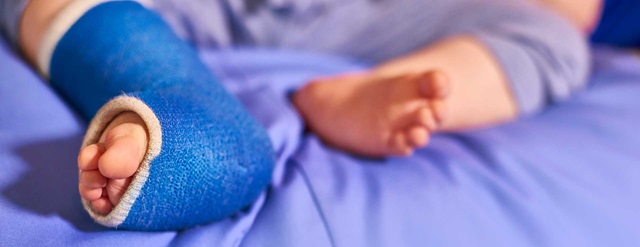



Clubfoot Johns Hopkins Medicine
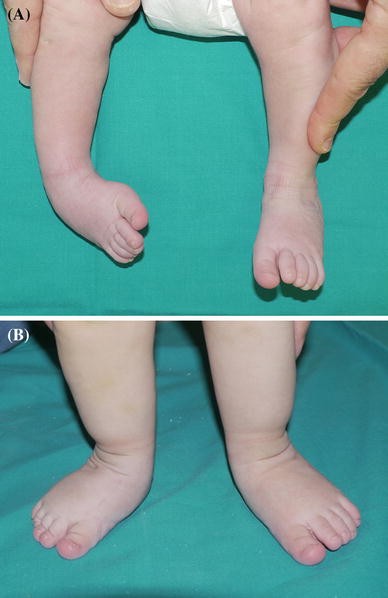



Congenital Idiopathic Talipes Equinovarus Before And After Walking Age Observations And Strategy Of Treatment From A Series Of Cases Journal Of Orthopaedics And Traumatology Full Text




Figure 5 From Correction Of Clubfoot Deformity Associated With Weber Type I Tibial Hemimelia Using The Ponseti Method Semantic Scholar




Clubfoot And Other Foot Defects Children S Health Issues Merck Manuals Consumer Version



1




Clubfoot Children S Orthopaedic And Scoliosis Surgery Associates Llp
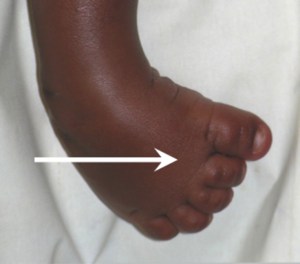



Fnwlqvfpururym




Talipes Deformity Case Study Clubfoot Nursing Crib
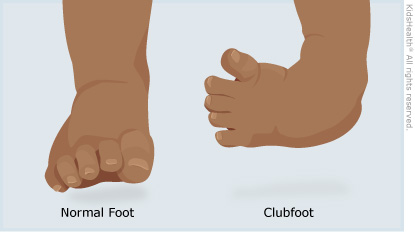



Clubfoot For Parents Nemours Kidshealth




Louis With Clubfoot Walking Talipes Together Youtube
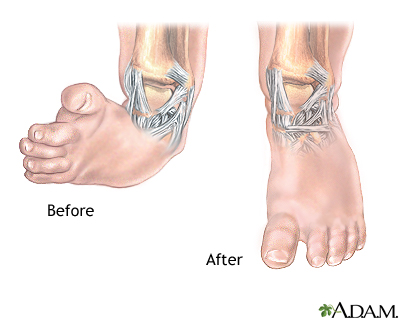



Clubfoot Deformity Medlineplus Medical Encyclopedia Image
:max_bytes(150000):strip_icc()/clubfoot_after-56a6fb603df78cf7729142e6.jpg)



Photos Of Babies With A Clubfoot




Clubfoot
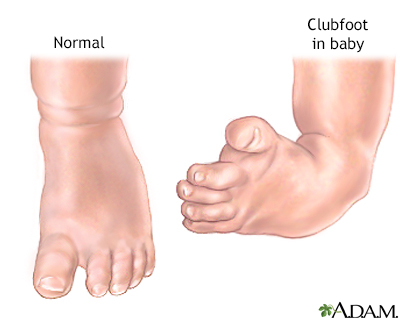



Clubfoot Information Mount Sinai New York




The Adult Sequelae Of Treated Congenital Clubfoot Foot And Ankle Clinics
/GettyImages-976611020-532e1800b14b4c89aec1f2f6a855f199.jpg)



Newborn Baby Foot Problems And Deformities
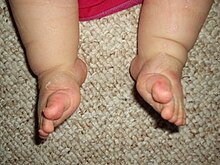



Clubfoot Wikipedia
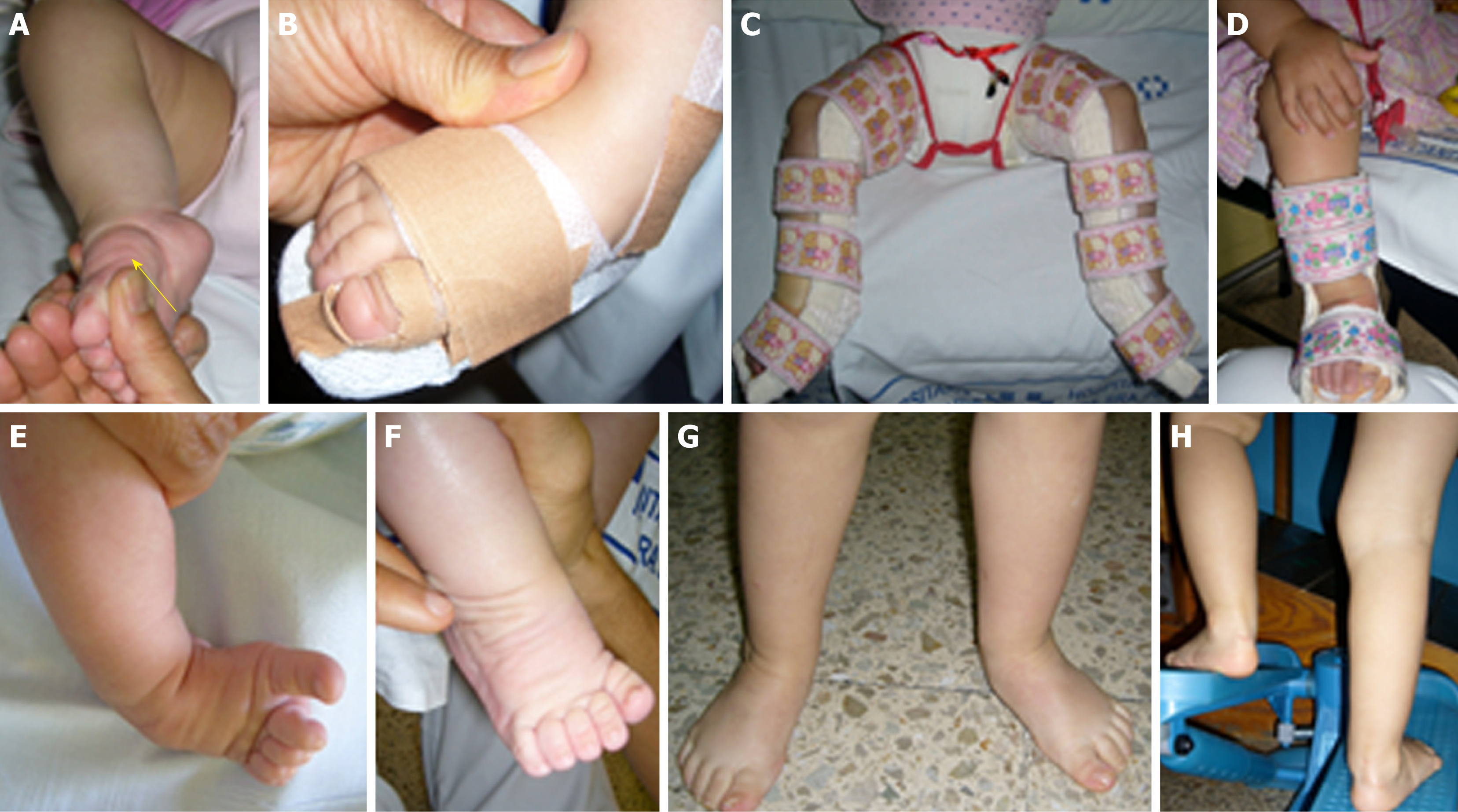



Functional Physiotherapy Method Results For The Treatment Of Idiopathic Clubfoot
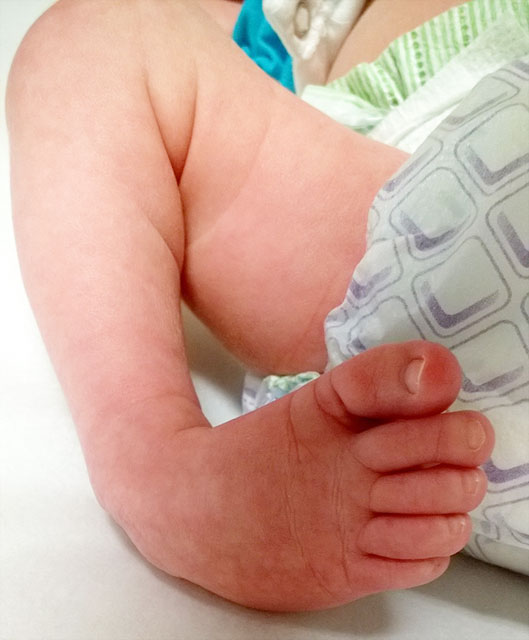



Clubfoot Johns Hopkins Medicine




A Peachtree City Life Clubfoot Files




Club Foot In Infants Reasons Signs Remedies




Long Term Comparative Results In Patients With Congenital Clubfoot Treated With Two Different Protocols Semantic Scholar
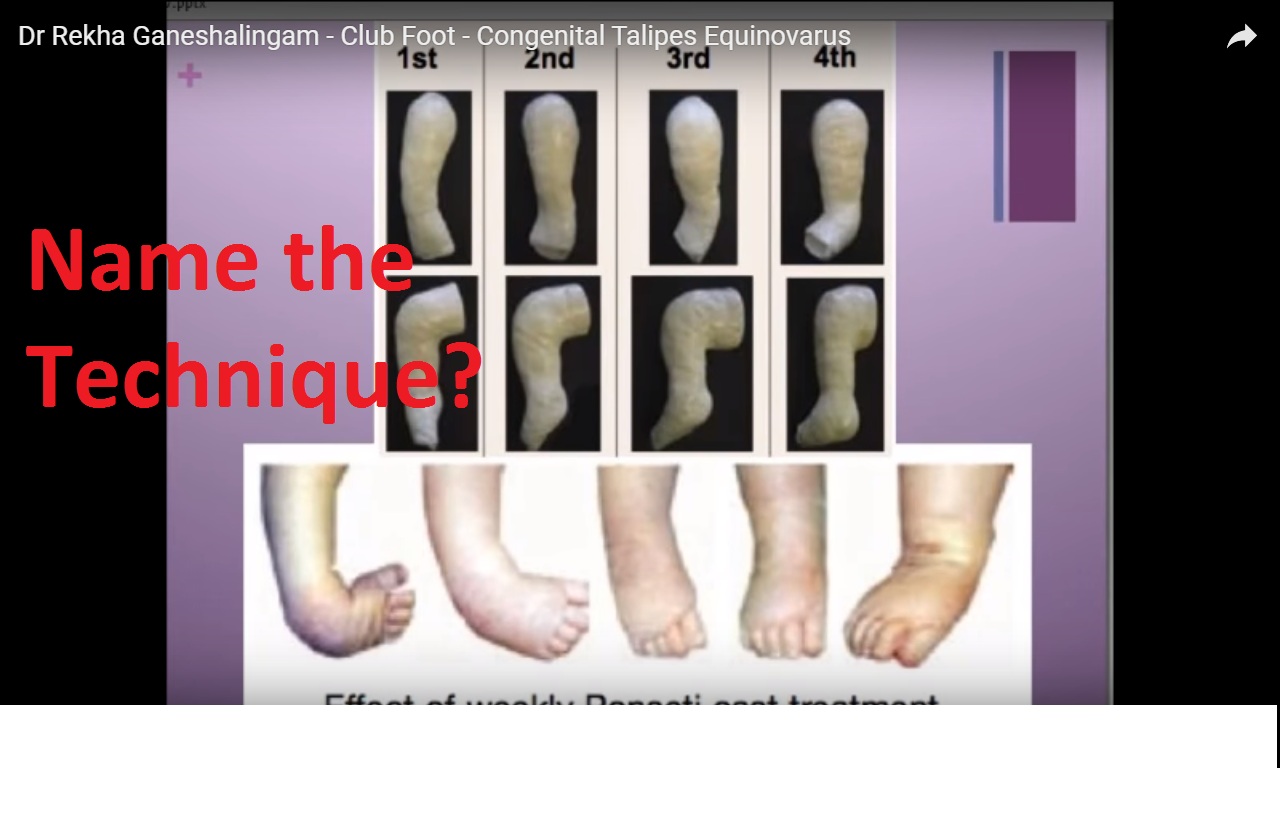



Basics Of Clubfoot Orthopaedicprinciples Com
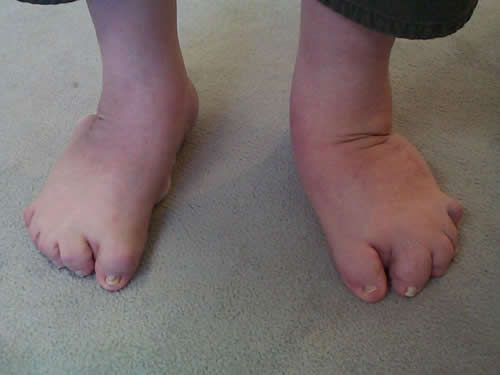



Clubfeet Causes And Treatment Options Myfootshop Com
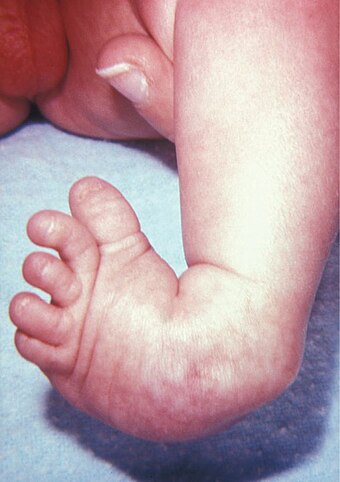



Club Foot Wikiwand




A 24 Year Old Male With Right Clubfoot Who Had Soft Tissue Release At Download Scientific Diagram
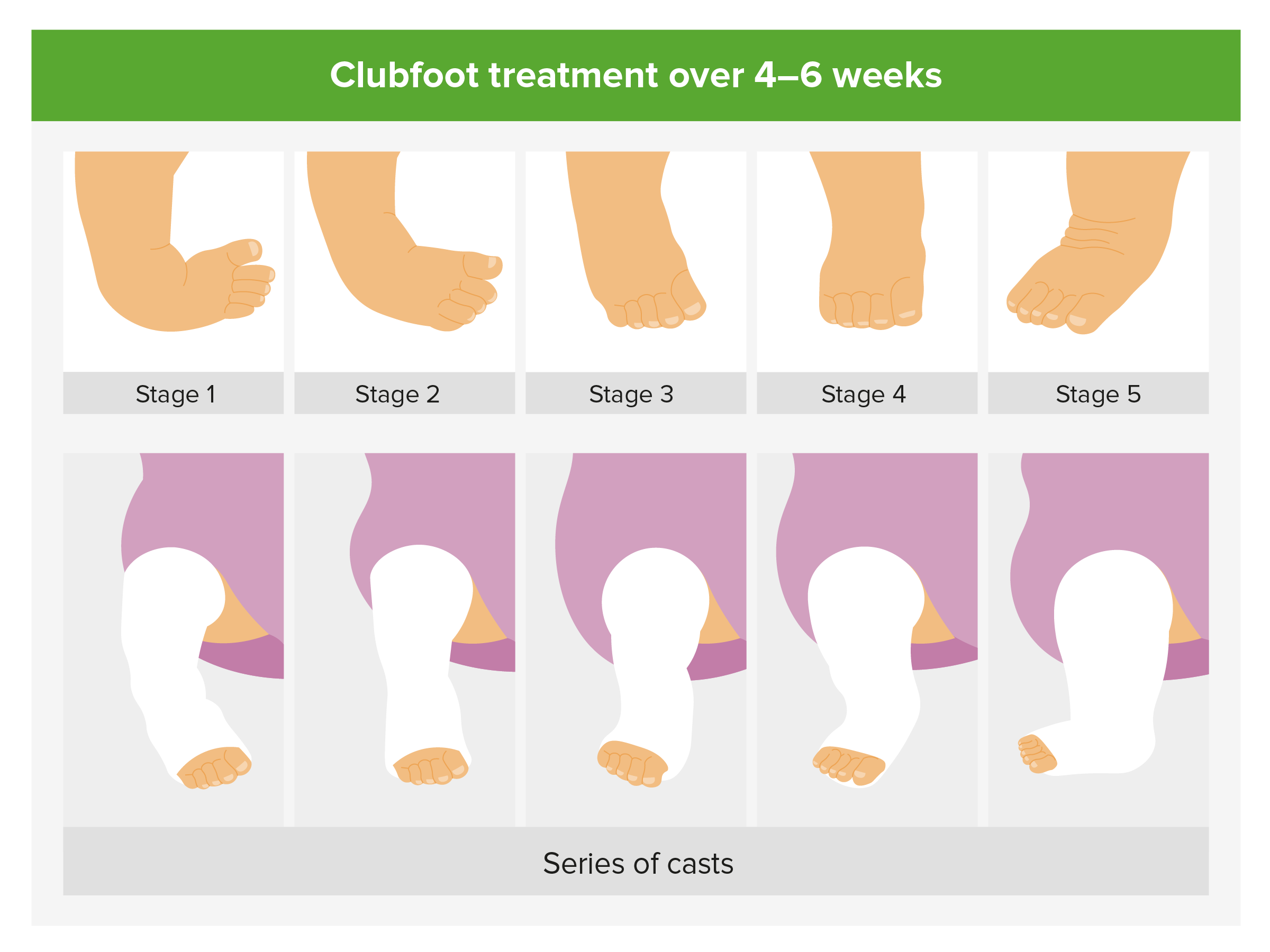



Foot Deformities Concise Medical Knowledge




Clubfoot Children S Orthopaedic And Scoliosis Surgery Associates Llp
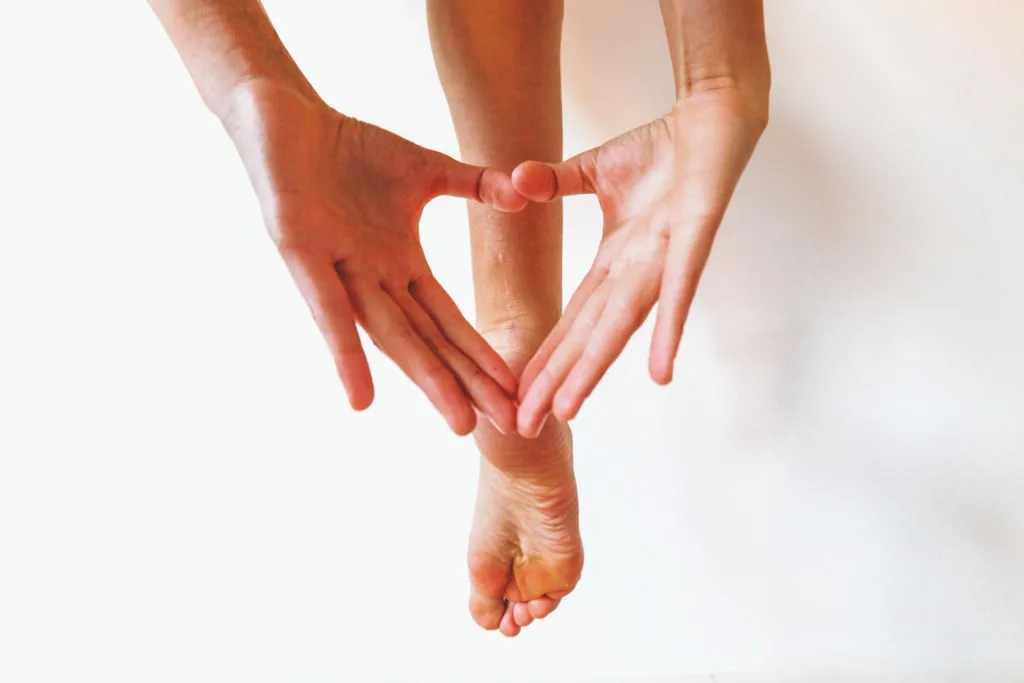



Living With Clubfoot What Shoes I Wear As An Adult




Clubfoot Boston Children S Hospital
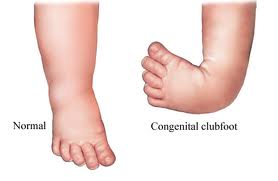



Introduction To Clubfoot Physiopedia



1




The Newborn Foot American Family Physician




Bilateral Postural Clubfeet In Newborn Download Scientific Diagram




Jaypeedigital Ebook Reader




To Parents Of Children Born With Clubfeet University Of Iowa Stead Family Children S Hospital




Pediatric Foot Deformities An Overview




To Parents Of Children Born With Clubfeet University Of Iowa Stead Family Children S Hospital




What A Paediatrician Should Know About Congenital Clubfoot Italian Journal Of Pediatrics Full Text



Club Foot In Infants Reasons Signs Remedies



2
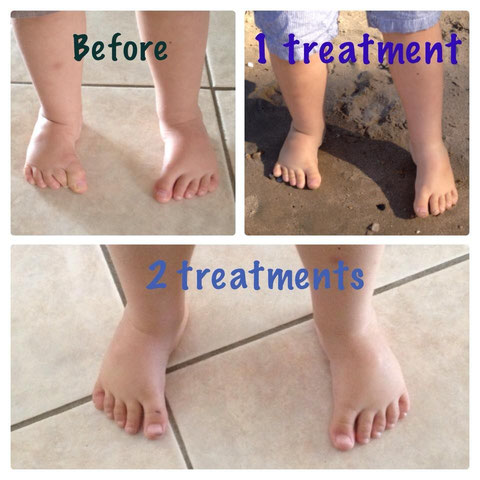



Emmett Reducing The Symptoms Of Clubfoot Emmett Therapies




Bonus For The Athlete With Clubfoot Vaughn Weightlifting
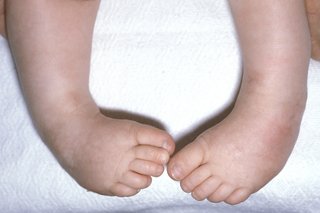



Club Foot Nhs




Club Foot Congenital Talipes Equinovarus About Club Foot Patient
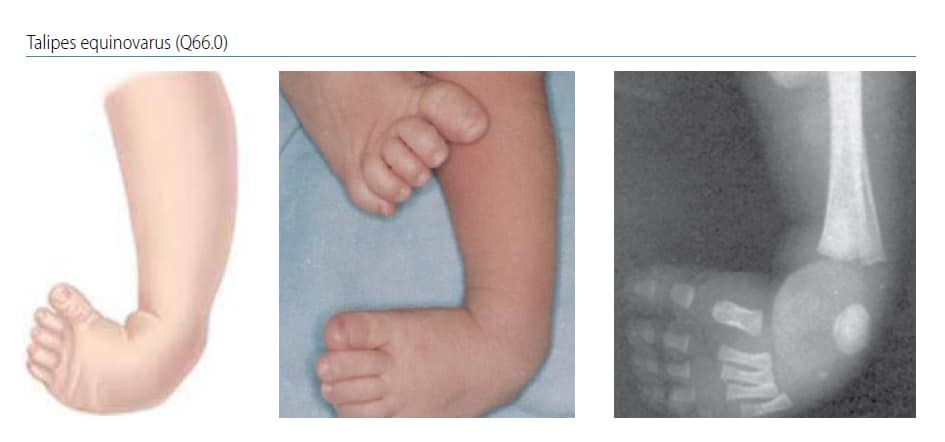



Chapter 4 9 Talipes Equinovarus Talipes Equinovarus Q66 0 Cdc
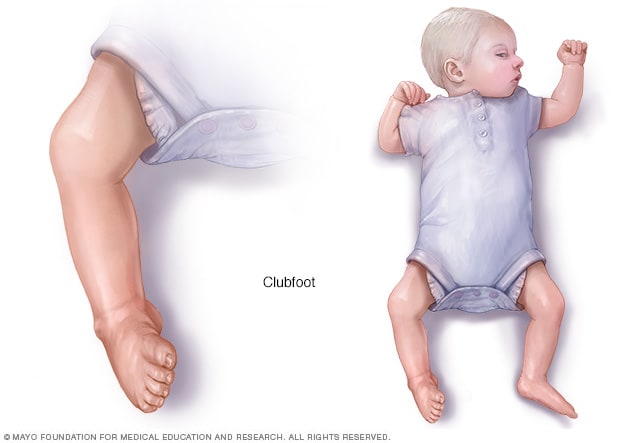



Clubfoot Symptoms And Causes Mayo Clinic
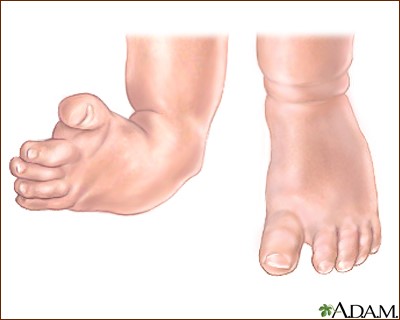



Antidepressants And Clubfoot Birth Defect




Clubfoot Www Lowerextremity Com




Club Feet Beauchamp Foot Care Beauchamp Foot Care
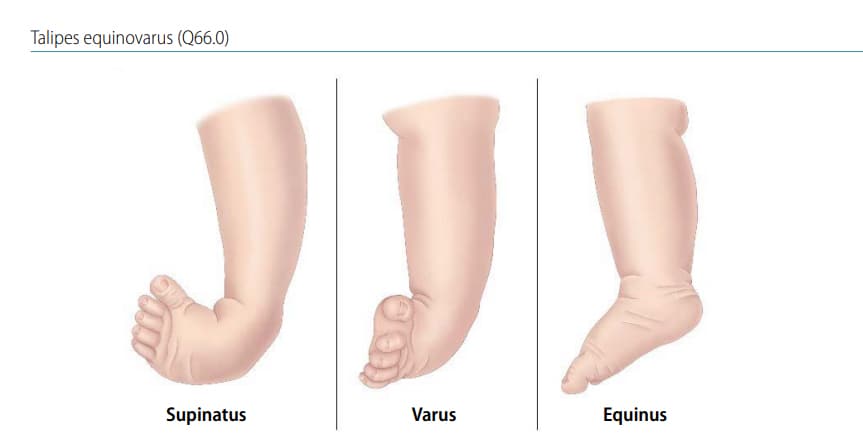



Chapter 4 9 Talipes Equinovarus Talipes Equinovarus Q66 0 Cdc




What Causes Club Feet American Farriers Journal




Positional Clubfoot




Clubfoot Www Lowerextremity Com



1




Club Feet Summary Symptoms Read More Summary Clubfoot Also Known As Talipes Equinovarus Is A Relatively Common Congenital Malformation Occurring In Approximately 1 1000 Births The Term Talipes Equinovarus Describes A Deformity In Which The
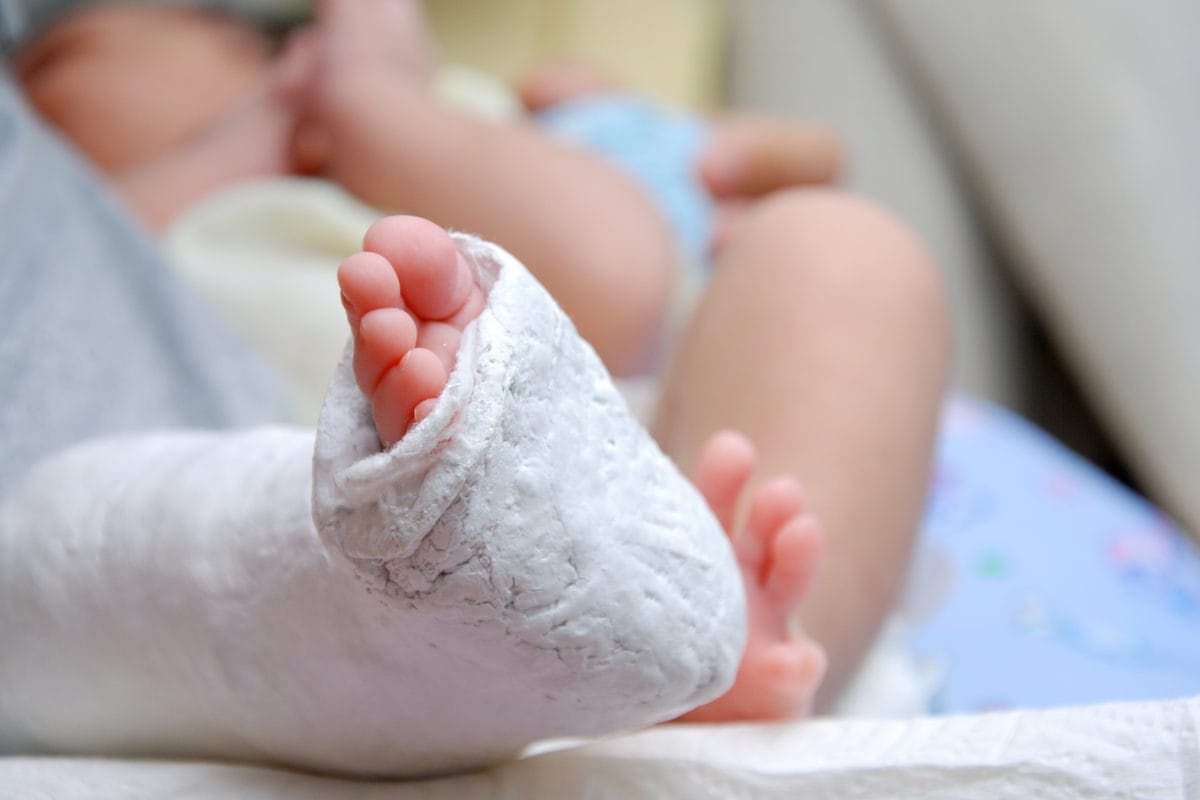



What Is Clubfoot Symptoms And Treatment Familydoctor Org




Treatment Of Relapsed Residual And Neglected Clubfoot Adjunctive Surgery Journal Of Children S Orthopaedics
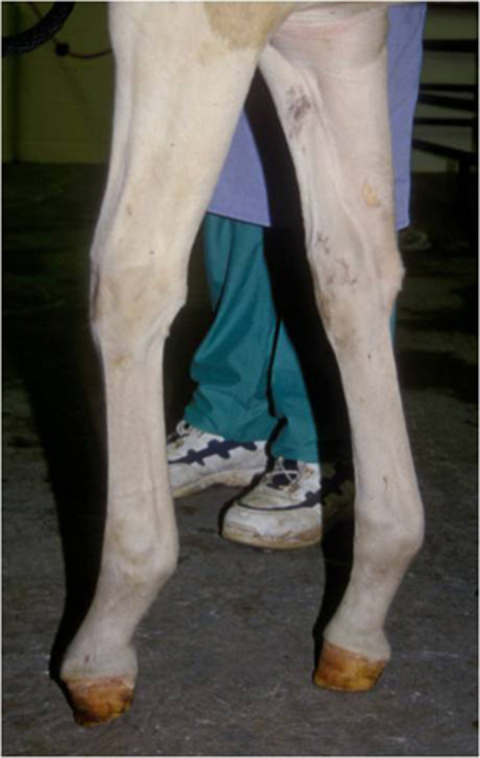



Club Feet In Foals




Jaypeedigital Ebook Reader
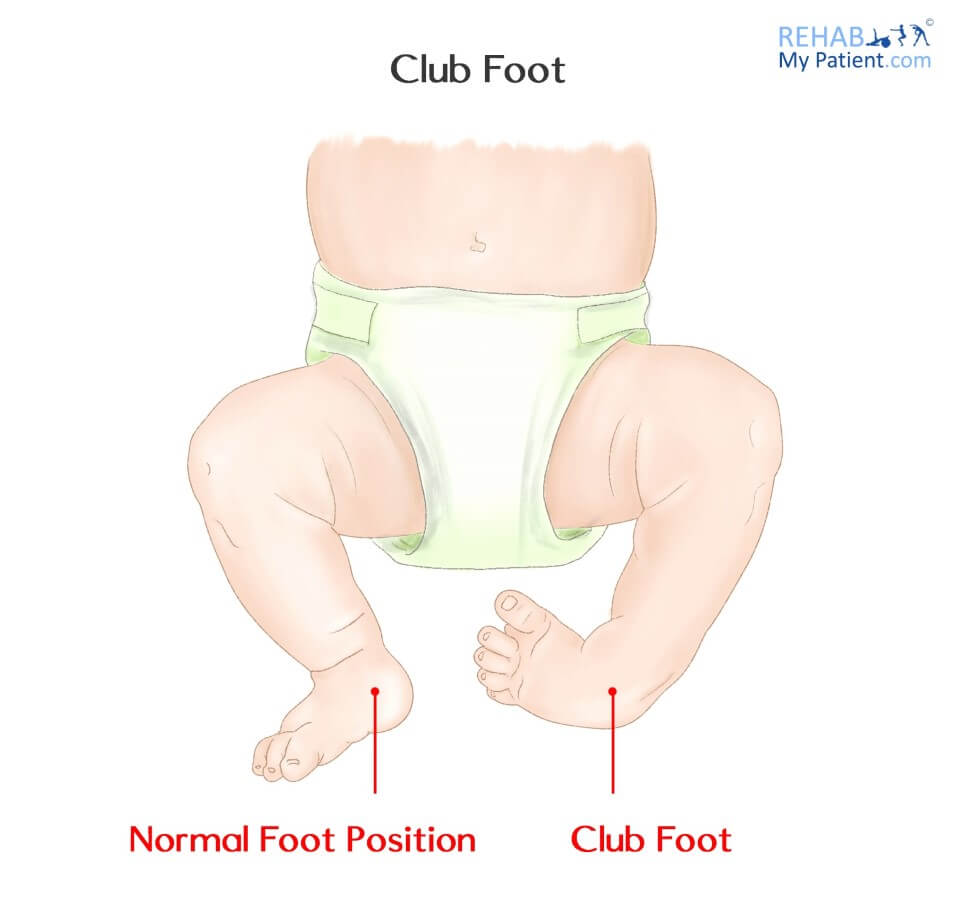



Club Foot Rehab My Patient




Club Foot In Horses Symptoms Causes Diagnosis Treatment Recovery Management Cost



Human Biology Online Lab Clubfoot Maray Singleton
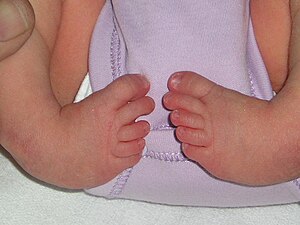



Clubfoot Wikipedia




Orthokids Clubfoot
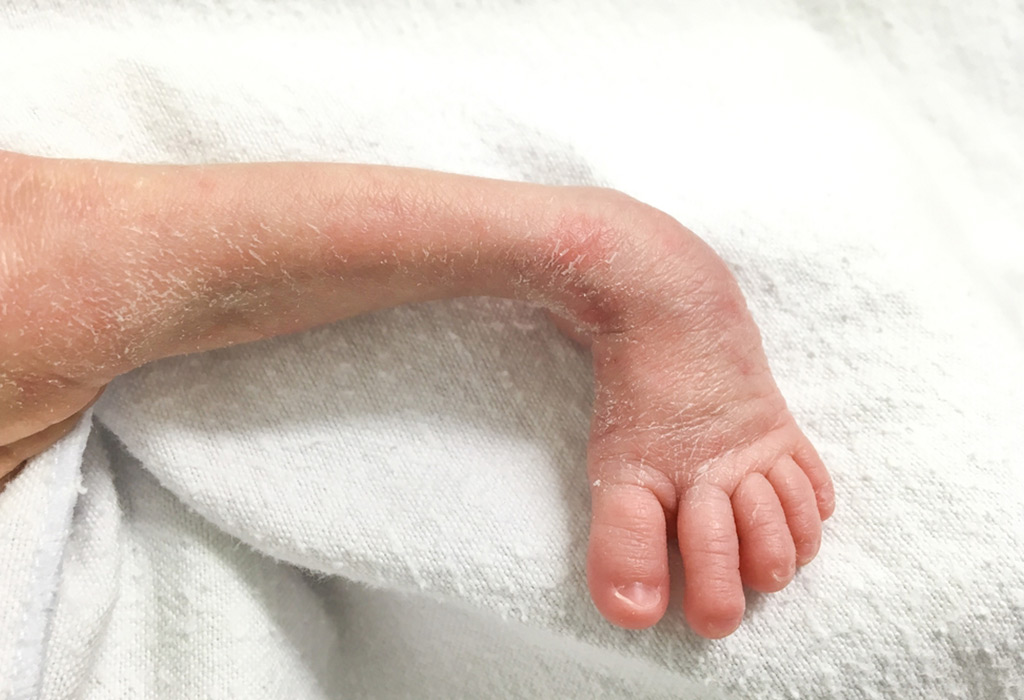



Club Foot In Infants Reasons Signs Remedies
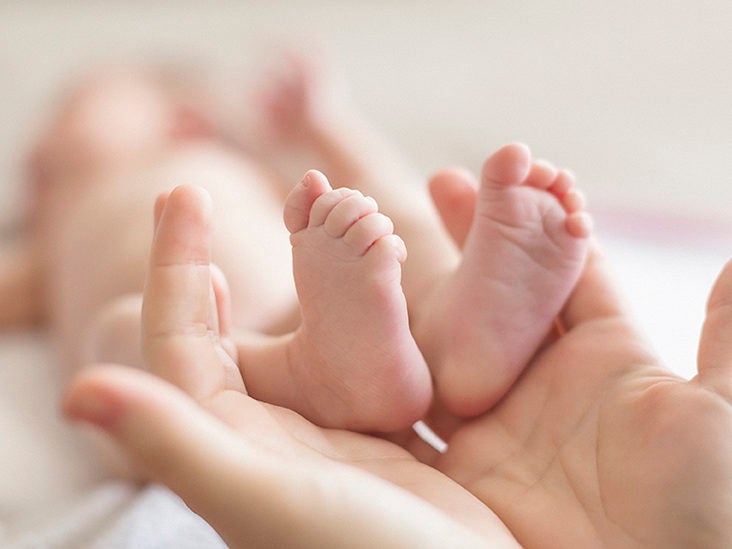



Clubfoot Repair Treatments Procedure Outlook



0 件のコメント:
コメントを投稿